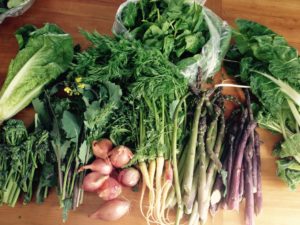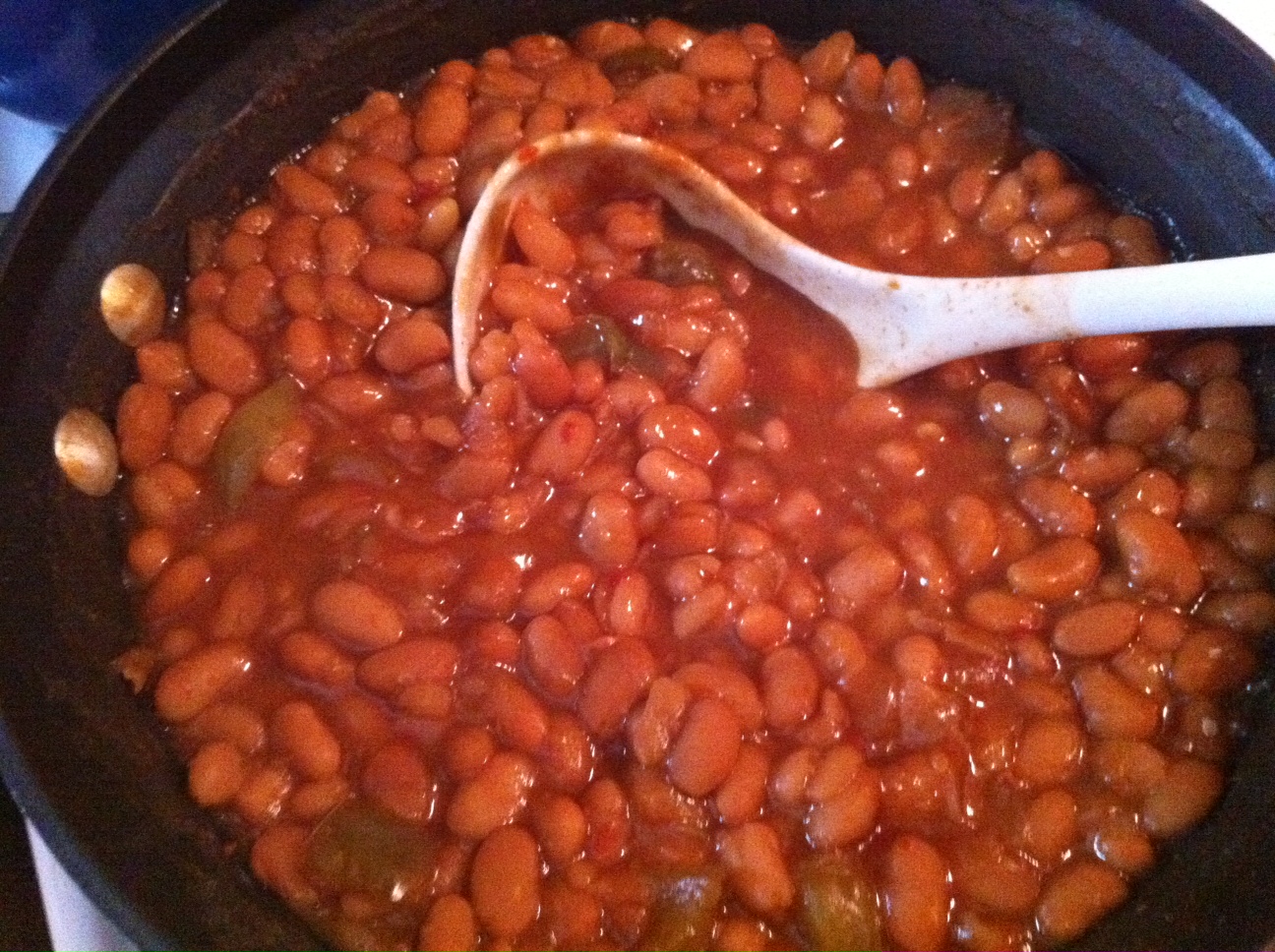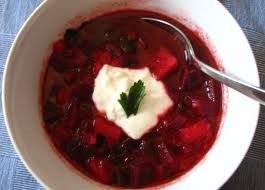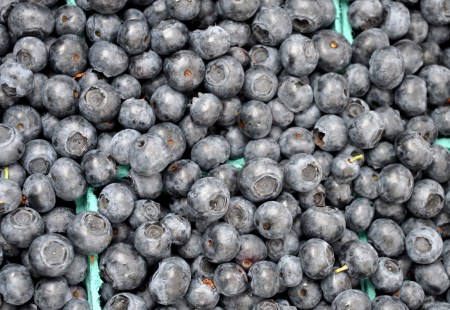26 Jun
Lettuce Soup (Vegan or VGT)
 Oh, it’s been a long time indeed. So long that you surely find yourself with a refrigerator full of greens and no humanly possible way to consume them before they plummet southward. That is why I have invented the Kitchen Cleanup Soup, aka Lettuce Soup, aka Random Greens Soup, and plenty of other things we could call it. Be honest, how many times have you found yourself with way too many seemingly unrelated greens on your hands and no good plan for how to quickly and easily use them all together? Broccoli, asparagus, kale, kohlrabi, romaine – how can we unite them with one minimal, all encompassing effort? This soup is the perfect answer to that dilemma.
Oh, it’s been a long time indeed. So long that you surely find yourself with a refrigerator full of greens and no humanly possible way to consume them before they plummet southward. That is why I have invented the Kitchen Cleanup Soup, aka Lettuce Soup, aka Random Greens Soup, and plenty of other things we could call it. Be honest, how many times have you found yourself with way too many seemingly unrelated greens on your hands and no good plan for how to quickly and easily use them all together? Broccoli, asparagus, kale, kohlrabi, romaine – how can we unite them with one minimal, all encompassing effort? This soup is the perfect answer to that dilemma.
This is a lovely, light summer soup, a tasty and comforting autumn soup, a crisp and energizing spring soup, and basically an all-around all purpose soup that you can make in a huge batch and then freeze for a rainy day. It’s super easy, but it does take some time, though it is mostly passive time, letting the soup simmer away covered on the stovetop. Also, I hope you have a gigantic pot. Otherwise, queue the “we’re going to need a bigger boat” jokes.
So many things can go in this soup, but here’s what I happened to toss together today.
Ingredients
- 2 carrots, chopped
- 2 celery stalks, chopped
- 1 head broccoli, chopped
- 1 head romaine lettuce, chopped
- ½ lb assorted leafy greens, including kohlrabi, kale, chard, arugula (random stuff we picked at the u-pick farm without a specific plan – never a good idea, btw)
- 1 large russet potato, chopped
- 1lb asparagus, cut in 1inch pieces (tips reserved)
- 4-6 cups soup stock (how much you need depends on your volume of veggies – should just cover the veggies in the pot but not so much that they’re drowned)
- Cream to taste – either vegan sour cream or heavy cream of your choice
- Salt to taste
- Black pepper to taste
- White pepper to taste
- Reserved steamed asparagus tips (as garnish)
- Parsley as garnish
- 2 tbsp butter or olive oil for cooking
The easiest way to think of preparation is to break it down in three key steps:
- Creating the base. In a large dutch oven on medium heat, heat the oil or butter. Start by sauteeing the mirepoix (carrots, celery, onion, optional garlic if you swing that way). When everything is softened and it smells awesome, you’re ready to move to step two.
- Making the soup. Add the soup stock and all the other vegetables and seasonings, except for garnishing vegetables and cream (eg, asparagus tips, parsley, cream – those go in at step 3). Bring everything to a boil, then reduce to simmer, stirring often, for 20-40 minutes (basically until you’re firmest vegetables are tender – if you’re including potatoes, they will take the longest).
- Finishing touches. This is where you will adjust the seasonings and stir in the cream. When the soup is done, ladle into bowls with a dollop of cream, parsley, and a handful of steamed asparagus as garnish. I also like to serve it with a crusty baguette and/or a side of rice.
Enjoy!










Recent Comments